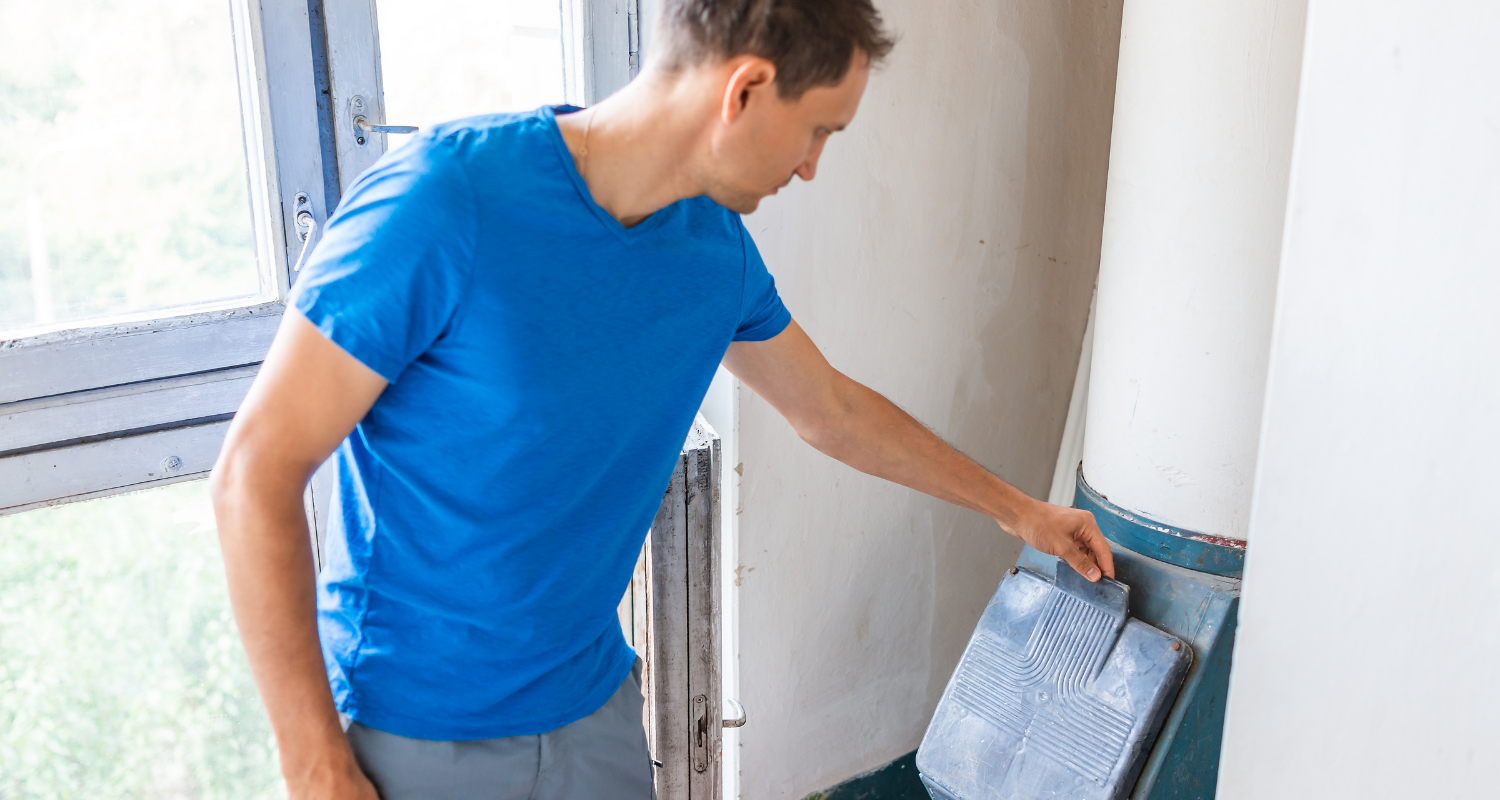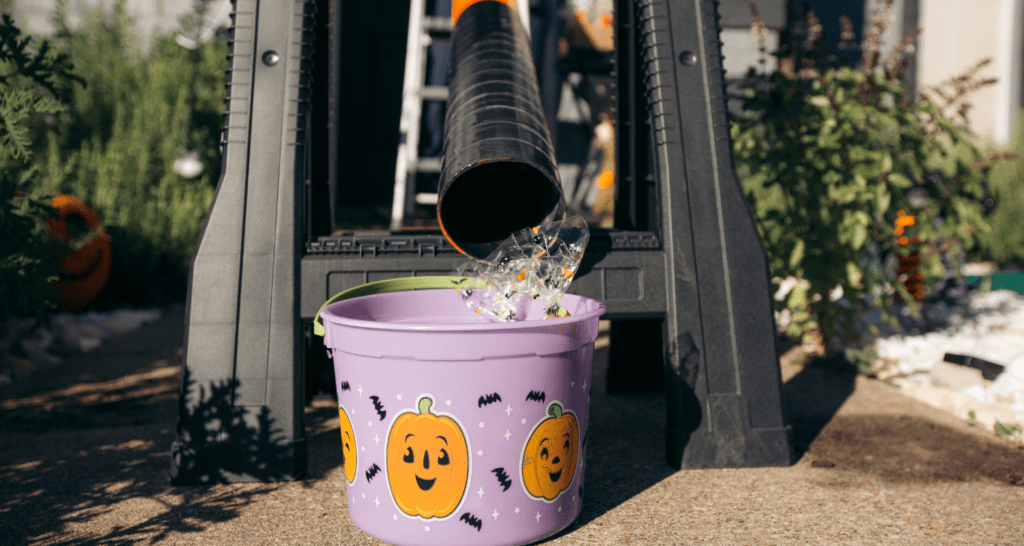
Table of Contents
- How Does a Trash Chute Work?
- Why Do People Use Trash Chutes?
- Where Does the Garbage Go?
- What Can Go In a Trash Chute?
- Maintaining a Trash Chute
- Users’ Responsibilities
How Does a Trash Chute Work?
Perhaps your apartment building has one, or perhaps you’ve seen a little door on each floor of your office building. These small doors go to the trash chute (also known as a garbage chute) and are essential equipment for your building’s health, safety and hygiene. A rubbish chute is a galvanized steel tube that allows things to fall from higher to lower. People on the top floor and people on the second story (and everyone in between) utilize the same trash chute to transport their waste downward.
Why Do People Use Trash Chutes?
Trash chutes are seen in many high- and mid-rise buildings, particularly in apartment and condominium complexes with multiple residents. These chutes collect waste and transport it to a central place for collection or removal. So why do we need trash chutes in the first place? Why not simply walk to the final point (i.e. the garbage room)? There are several storeys in an apartment building, and if you live on the upper floors, you don’t want to take the elevator or go down many flights of stairs every time you need to take the garbage out. Furthermore, hauling a trash bag through a crowded building’s halls and elevators is not sanitary or appealing; trash chutes are discrete and far more sanitary. Regular garbage chute cleaning is required to keep the flow of waste in these chutes smooth and avoid clogs.
Where Does the Garbage Go?
Your job is done once you drop your bag into the trash chute and close the door. It’s easy. But you might be wondering where that bundle of waste goes. Different trash chute models will be used in different areas. Some people will throw their rubbish into a dumpster or larger garbage can at the bottom of the stairs, where it will be picked up by the local trash collection service once a week. A trash compactor may also be found at the bottom of several types of buildings.
What Can Go In a Trash Chute?
Because so many residents use trash chutes daily, they get a lot of use. The building manager or property supervisor has frequently posted signs at the garbage chute intake doors; these state what can and cannot be thrown away. Items that should not be thrown down a trash chute include:
- Pizza boxes and other large or odd-shaped boxes which can get stuck in the chute.
- Live plants such as Christmas trees, wreaths, garlands and other live plants, for they might leak sap or other material into the chute.
- Hangers, light strands, and other projecting objects which can become caught in the chute.
- Cleaning products, liquid soap, and disinfectants which can cause a hazmat situation or interact with other chemicals to produce poisonous vapours.
- Items that are flammable such as cigarettes or cigars that have recently been lit.
- Other potentially hazardous objects such as cat litter, dirty diapers, or food waste should be carefully wrapped in a compact, secure container. Overfilling bags or using large bags that are difficult to slide down the chute are not recommended.
Maintaining a Trash Chute
With so many people utilizing the garbage chute, management will want to ensure it’s always in good operating order. Regular chute maintenance will keep all inhabitants satisfied by preventing buildup and unpleasant odours or views. When the trash chute is closed, make sure all of the doors are sealed. This will keep odours and germs from entering the floor while also preventing smoke and flames from spreading in the event of a fire.
Trash chutes must be cleaned and sanitized regularly to prevent the transmission of odours, germs and bacteria. The simplest method to handle this is to hire a trash chute cleaning company (many places offer annual service contracts), so you don’t have to worry about hiring someone regularly. A professional trash chute maintenance business will clean, deodorize, disinfect and maintain your trash chute, which will save you time and money in the long run while also keeping your residents pleased.
Users’ Responsibilities
Even while it may appear that maintaining the garbage chute is not your responsibility as a resident, there are a few important things you can do to assist in keeping it working properly:
- Smaller rubbish bags should be used, as smaller bags will fall to the bottom of the chute more readily. Switch to a smaller garbage can and 13-gallon bags instead of oversized 30-gallon kitchen bags.
- Instead of letting trash accumulate over several days or weeks, take it to the chute every day. This will keep the bags small and allow them to slip to the bottom easily.
- To save space, break down your rubbish as much as feasible. Breaking down cartons, shattering coffee pod cups, and flattening boxes are all examples of this.
- When possible, recycle. Separate your recycling if your building has a recycling centre or a designated room. This is not only better for the environment, but it also saves room in the garbage can or compactor.
- If you have a waste disposal, use it. The less food that is thrown down the garbage chute, the lower the risk of bacterial growth and foul odours.
Want to learn more about trash chutes? Visit reactiondistributing.com or call your Reaction Distributing experts at (866) 244-0009 today.



